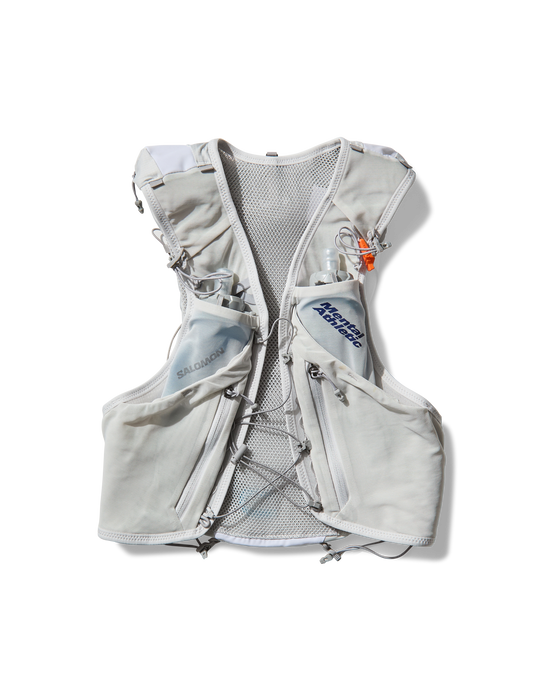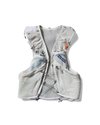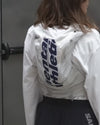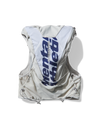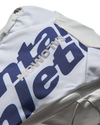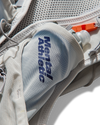The Line Is the Message

Southbound 400 begins a few steps from the Canadian border and moves in a straight line toward the city. It’s not just distance—it’s a gesture. A line across landscape and story, tracing what once divided and now invites. A stretch of time suspended—moving to witness, to belong, through places, people, and the path that connects them.


MA: Looking at the Southbound 400 track, one sees an almost straight line running down from the Canadian border to New York City. It looks like a clean cut, a rip in the map. What meaning does this route have today? What symbols does it represent?
Some things that appear accidental begin to take on significance as you create. We live in divisive times. Starting from a border point and running a straight line from North to South toward a city that has offered hope, safety, and opportunity to millions—that’s powerful. The route may look like a tear through the map, but Southbound is the opposite. It’s not just a race; it’s an open invitation for people to show up as their authentic selves, regardless of birthplace, race, sexual orientation, or personal history.
Southbound is an adventure built around connection—between teammates, and even between competitors. There’s a deep sense of belonging, of hope and potential. That’s what we’re building. Unlike other ultra-relays, we follow a defined route: The Empire State Trail. It’s a monumental project that links several pre-existing trail systems, connecting Canada to New York City.


MA: In what spirit is this experience lived by those taking part?
Three straight days on the road, carrying only the essentials, pushing both body and mind to the limit, and discovering the wild side of New York State—this journey fosters vulnerability and openness to our raw, human nature. There’s a strong sense of camaraderie that emerges, even in the midst of fierce competition. Everyone watches out for each other.
There’s an incredible energy at Southbound—a blend of power, exploration, and possibility. While it is absolutely a competitive race, and runners are there to go head-to-head, the experience runs deeper. Teams push themselves to their absolute limits. The course is fast, and with the right strategy, teams can truly maximize their pace. Emotions run high—and that’s part of the thrill.

MA: How does the world around you transform—and what awakens within—as you leave the wild behind and move toward the pulse of the city?
The race begins just meters from the Canada–U.S. border. It might seem like a soft boundary, but it's a powerful image. Early on, you run alongside Lake Champlain, bathed in morning light. From classic Americana—farmlands and rural landscapes—you journey toward one of the most iconic cities on Earth.

The course is breathtaking and emotionally charged. You tackle the steep Adirondacks and cross rivers like the Hudson. As you move closer to the city, you feel like you’re traveling through a living history of New York State. Small towns begin to grow in size the nearer they are to water. You pass by old factories repurposed into art spaces or shops. Towns along the Hudson begin to swell, and the gravitational pull of the city becomes undeniable.


It gets quiet and solitary at points, but the energy intensifies as you head south. Finally, it all culminates in a wild sprint down the West Side Highway, surrounded by taxis, sirens, skyscrapers, and the buzz of New York. And then—it’s time to celebrate. Everyone’s invited.
Your home is no different. It’s the place where you heal, rest, and care for yourself. That’s what we were thinking about from the start.
